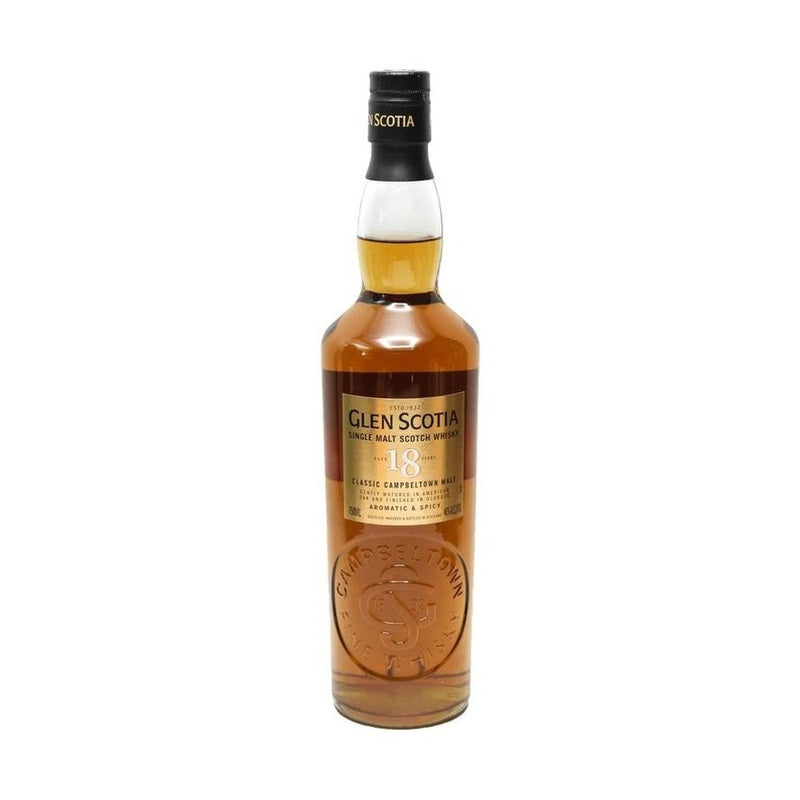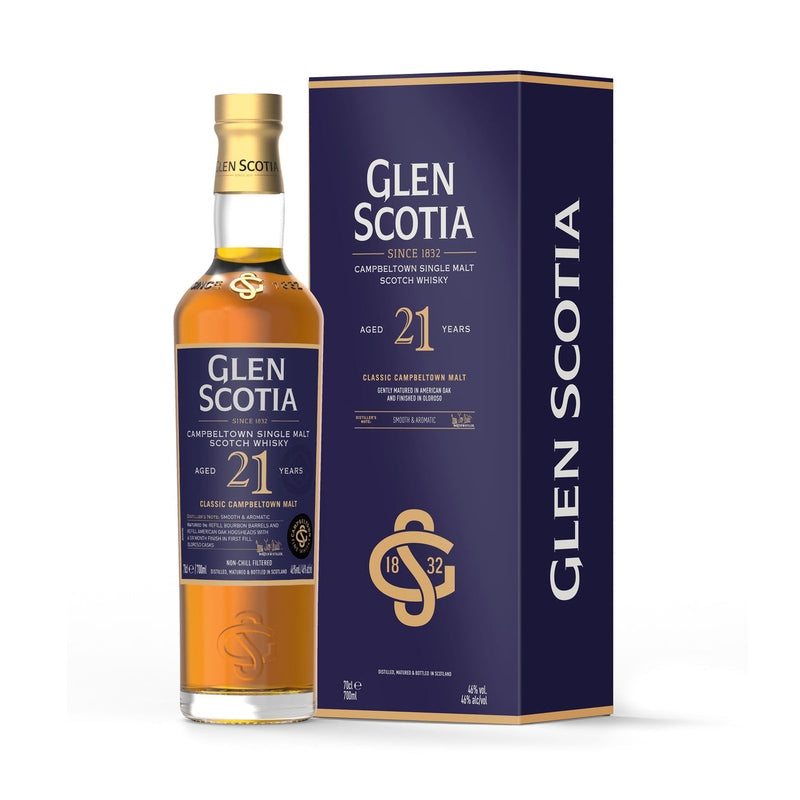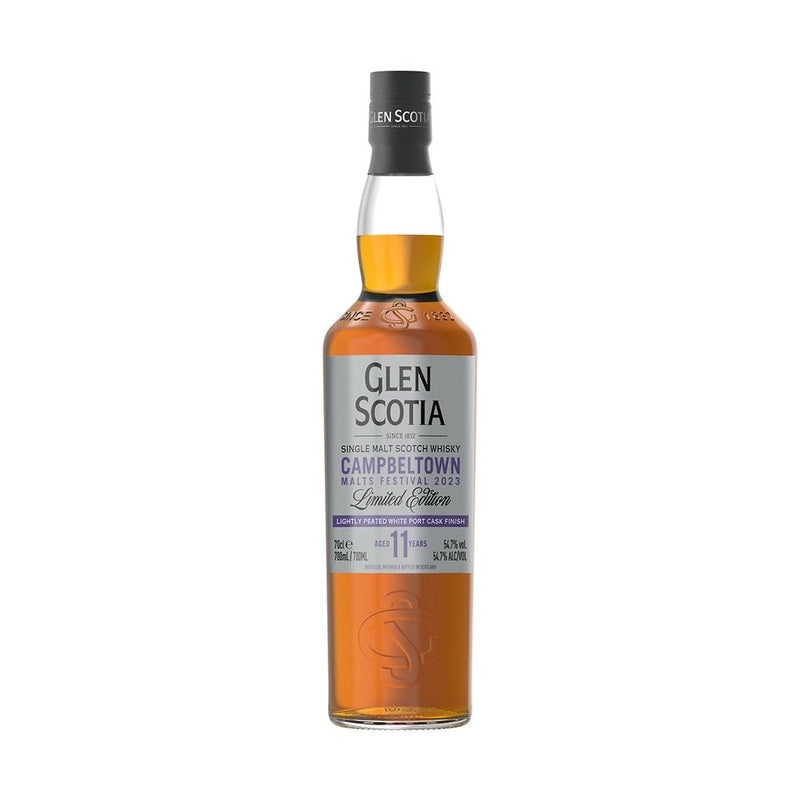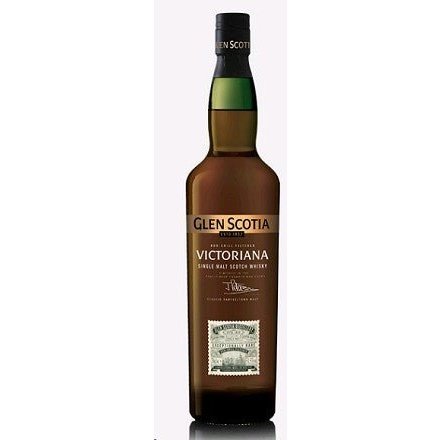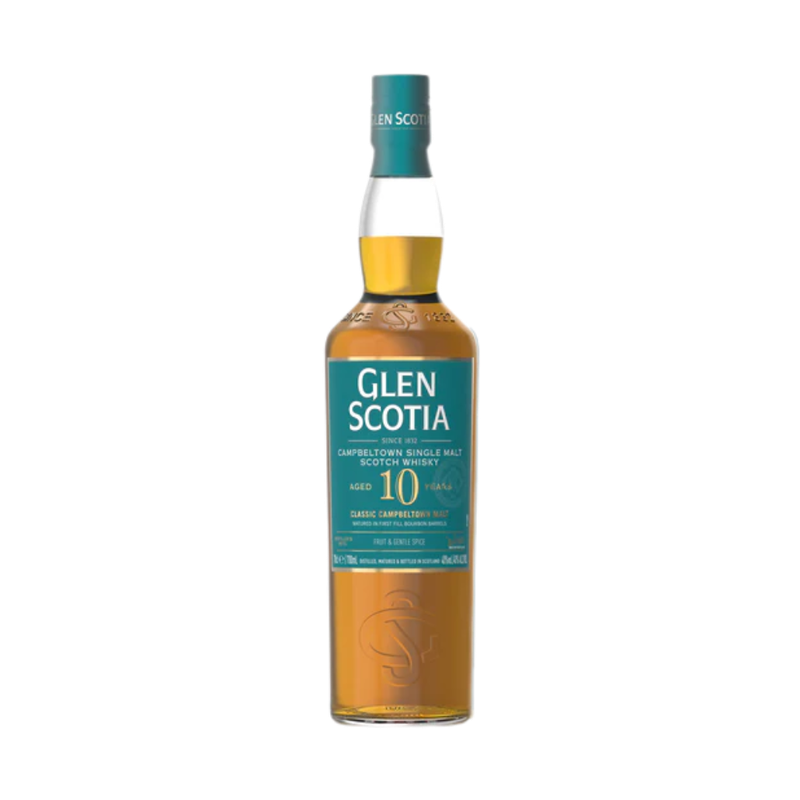
Glen Scotia Distillery
Haunted by the ghost of a previous owner
History
Glen Scotia has been silent on frequent occasions this century, including a recent spell in the 1980s. However, the distillery keeps on bouncing back and welcomes visitors with its new facilities.\
The distillery had a very stable existence throughout the last century. From 1832 to 1895 it belonged to the original licensees, but then changed hands twice more before falling silent, as did so many of its neighbors, in the 1920s. For a while it belonged to the owners of Scapa distillery in Orkney, right at the other end of the country.
It was owned by Gibson International, until 1994 when production again ceased. The new owners are Loch Lomond Distillery Co. Ltd. The buildings, including the malt barns and the barley lofts, are Victorian and the stillhouse is thought to be original. At some stage expansion took in a row of shops so that the yard now abuts the street. Glen Scotia maintained its cooperage function and there has always been a cooper on the distillery payroll and there is a small range of cask-making tools on display.
A single pair of stills contrasts with the set of three used at Springbank. The water is drawn from Crosshill Loch and the distillery’s own wells which are 80 feet deep.
The distillery has a resident ghost, that of a previous owner, Duncan MacCallum, who committed suicide in 1930 after losing a fortune in a crooked business deal. He drowned himself in Campbeltown Loch, later made famous in a popular song by Scots entertainer, Andy Stewart. The singer dreams that the loch is full of whisky, not water, and tries to drink it dry.
Text from The Whisky Trails, Copyright © Gordon Brown 1993.
Haunted by the ghost of a previous owner
History
Glen Scotia has been silent on frequent occasions this century, including a recent spell in the 1980s. However, the distillery keeps on bouncing back and welcomes visitors with its new facilities.\
The distillery had a very stable existence throughout the last century. From 1832 to 1895 it belonged to the original licensees, but then changed hands twice more before falling silent, as did so many of its neighbors, in the 1920s. For a while it belonged to the owners of Scapa distillery in Orkney, right at the other end of the country.
It was owned by Gibson International, until 1994 when production again ceased. The new owners are Loch Lomond Distillery Co. Ltd. The buildings, including the malt barns and the barley lofts, are Victorian and the stillhouse is thought to be original. At some stage expansion took in a row of shops so that the yard now abuts the street. Glen Scotia maintained its cooperage function and there has always been a cooper on the distillery payroll and there is a small range of cask-making tools on display.
A single pair of stills contrasts with the set of three used at Springbank. The water is drawn from Crosshill Loch and the distillery’s own wells which are 80 feet deep.
The distillery has a resident ghost, that of a previous owner, Duncan MacCallum, who committed suicide in 1930 after losing a fortune in a crooked business deal. He drowned himself in Campbeltown Loch, later made famous in a popular song by Scots entertainer, Andy Stewart. The singer dreams that the loch is full of whisky, not water, and tries to drink it dry.
Text from The Whisky Trails, Copyright © Gordon Brown 1993.
Glen Scotia 10 Year Peated Single Malt Scotch Whisky
Glen Scotia Scotch Single Malt 15 Year (750ml)
Glen Scotia 'The Mermaid' 12 Year Old Single Malt Scotch Whisky
Glen Scotia 18 Year Old Single Malt Scotch Whisky
Glen Scotia Double Cask Single Malt Scotch Whisky
Glen Scotia 25 Year Old Single Malt Scotch Whisky
Glen Scotia 21 Year Old Single Malt Scotch
Glen Scotia 11 Year Old Malts Festival 2023 White Port Finish
Glen Scotia 'Victoriana' Single Malt Scotch Whisky
Glen Scotia 12 Year Old Amontillado Sherry Cask 2022 Campbeltown Single Malt Scotch Whisky
Glen Scotia 14 Year Old Tawny Port Finish Campbeltown Malts Festival 2020 Single Malt Scotch Whisky
Glen Scotia Scotch Single Malt Victoriana (750ml)
Glen Scotia Campbeltown 'Malts Festival' 2022 Peated PX Cask Finish 8 Year Old Single Malt Scotch Whisky
The Perfect Fifth Glen Scotia 27 Year Old Single Malt Scotch Whisky
Glen Scotia 18 Year Old Single Malt Scotch Whisky (700ml)
Glen Scotia Victoriana Cask Strength Single Malt Scotch Whisky
Glen Scotia 10 Year Single Malt Scotch Whisky
- Featured
- Best selling
- Alphabetically, A-Z
- Alphabetically, Z-A
- Price, low to high
- Price, high to low
- Date, old to new
- Date, new to old





